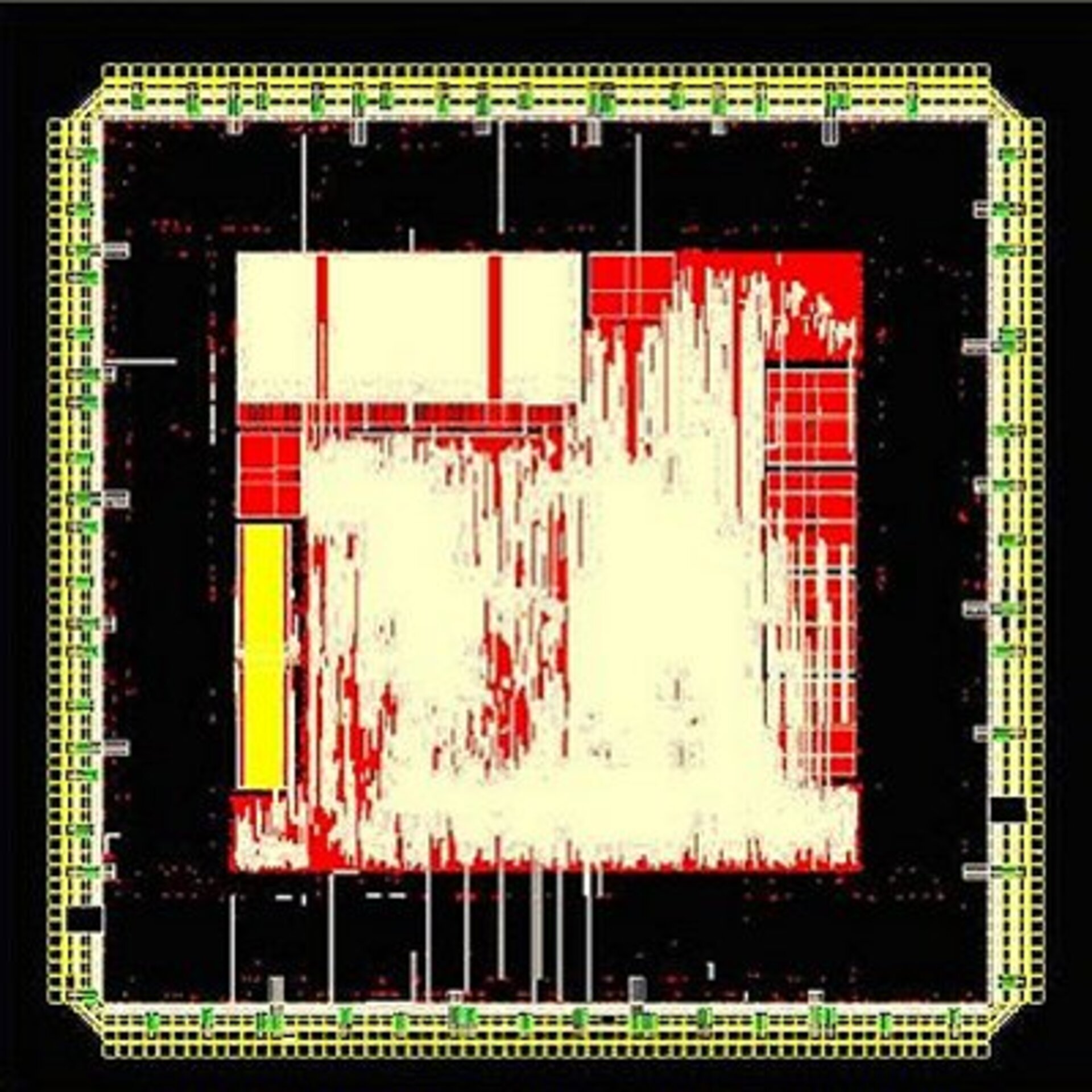Electronic Components
The development of advanced payloads and spacecraft control systems depends on the ready availability of high-performance and high-reliability components.
What is the EEE Components domain?
They are mostly small in size but indispensable: Electrical, Electronic and Electro-mechanical (EEE) components are the fundamental building blocks of any spacecraft. It is one of ESA’s priorities to ensure the availability of suitable, reliable and cost-effective EEE components for the space industry.
Working closely with other space agencies as well as industrial partners, quality standards are set for EEE components and tests are carried out to evaluate their overall suitability for space applications.
Why is EEE Components important?

The quality of the EEE components used on a spacecraft is a determining factor for their reliable operation and performance throughout the mission life. All technical systems are only as strong as their weakest link. Most space hardware is inaccessible for repair. It is therefore essential to ensure that all space components are sufficiently robust to endure the environmental and application stress they encounter.
The starting point is always a thorough evaluation of the components’ properties and behaviour under the known usage conditions in space, which are very different from terrestrial applications for which most of the parts have been originally intended. These are more demanding in particular in terms of radiation environment and reliability covering today up to a maximum of 18 years of service for an operational mission in orbit.
The preliminary evaluation allows the identification of component weakness in a space based application and the proposing of subsequent improvements to the product itself or the introduction of mitigation measures in the application, such as additional shielding against radiation effects, In many cases commercial terrestrial components may ultimately prove unfit for use in space.
The rapid evolution of component technologies - particularly in the area of microelectronics - presents both opportunities and challenges. Opportunities arise from the constantly increasing miniaturisation and performance offered by new generations of technology opening the door for innovative systems and onboard instrumentation and payloads.
At the same time, challenges are posed by the disappearance of older technologies and components which need to be replaced. Furthermore there is a continuous need to adapt test and engineering methods, evaluation and qualification approaches as well as product assurance standards to fit changing technology and product characteristics.




